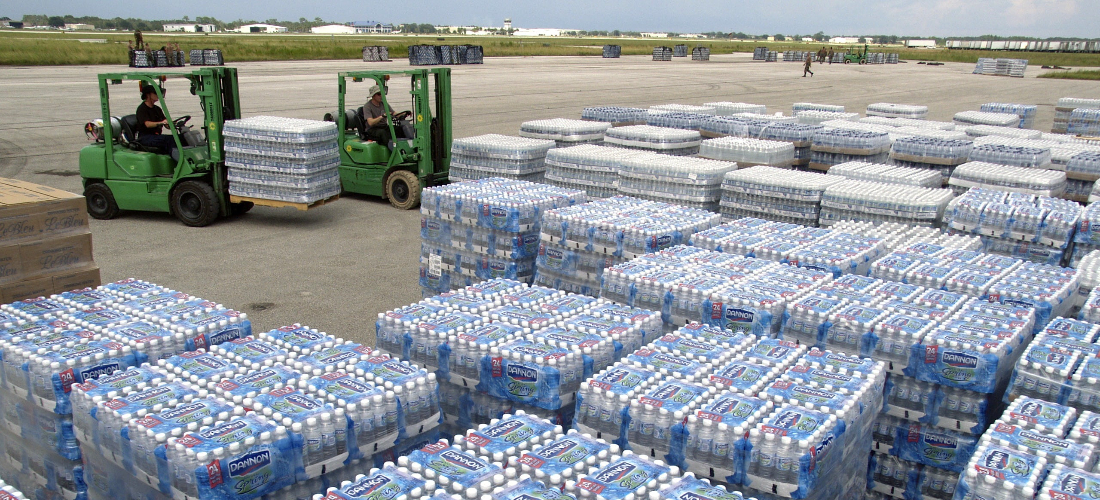
China dominates Brazil’s plastic imports with over 50%, reports ABIPLAST
Sep, 20, 2023 Posted by Gabriel MalheirosWeek 202338
As the world’s largest producer of plastic products, China accounted for 50.3% of Brazil’s plastic imports by volume last year, followed distantly by the United States with a 4.7% share, according to a recent statistical report published by the Brazilian Association of the Plastic Industry (ABIPLAST).
In terms of value, the gap between the two countries was narrower: $1.26 billion from China (32.9% of the total) versus $476.5 million from the United States (12.5% of the total). The U.S. primarily exports higher-value plastics, such as engineering plastics, to Brazil.
“China was not as competitive in selling plastic locally. Today, along with neighboring countries, it accounts for about 50% of global production, and they have access to raw materials at more competitive costs,” says José Ricardo Roriz Coelho, President of ABIPLAST.
According to the report, since 2018, Brazil has imported over 700,000 metric tonnes of plastic products annually. Still, its share in domestic consumption remains relatively small compared to other industrial sectors. In 2022, imports reached 737,700 metric tonnes, with 370,760 metric tonnes coming from China, against a national apparent consumption of 7.1 million metric tonnes.
However, while Asian imports continue to grow, the Brazilian plastics industry has struggled to increase production or accelerate exports. In 2022, national plastic production shrank for the third consecutive year, reaching the lowest level in over a decade at 6.7 million metric tonnes, a 6.1% decline compared to 2021. Meanwhile, exports totaled 317,000 metric tonnes, a 2.4% increase.
The chart below displays imports of plastic products (HS 39) from China to Brazil between January 2019 and July 2023. The data is from the DataLiner maritime intelligence service.
Plastic Imports from China | Jan 2019 – Jul 2023 | TEU
Source: DataLiner (click here to request a demo)
“The problem is that the market is declining. Looking at the next six months, it will be worse,” warns Roriz. In the first half of this year, the industry’s performance was positive, with a 5% increase in production compared to the previous year, totaling 3.42 million metric tons, supported by a combination of exceptional factors.
In construction, which has now overtaken packaging as the primary market for plastic products, projects initiated during the pandemic reached the stage of consuming these materials. In agribusiness, higher-than-expected harvests led to increased plastic usage for storage. In the automotive industry, incentives for low-cost cars had a positive impact on the sector, as these vehicles typically incorporate more plastic components.
For the second half of the year, traditionally stronger for this industry, expectations are for a production decline. Therefore, the cumulative growth for the year is expected to be 2.4%, and even with this expansion, the sector will not return to pre-pandemic levels. High structural costs, says Roriz, are the primary competitiveness challenge.
“It’s not the import tax rate [for thermoplastic resins] that needs to be raised because that will undermine Brazilian transformation competitiveness. The solution is to have competitive resins here to not only meet the domestic market but also export to other regions,” says the executive.
Source: Valor Econômico
To read the original news report, see: https://valor.globo.com/empresas/noticia/2023/09/20/china-ja-fornece-metade-do-plastico-importado-pelo-brasil.ghtml
-
Ports and Terminals
Oct, 28, 2019
0
Federal Police raises security level in Port of Santos
-
Ports and Terminals
Jun, 22, 2021
0
BNDES postpones CODESA’s privatization public hearing
-
Ports and Terminals
Dec, 09, 2024
0
Government Allocates R$ 500 Million to Fight Criminal Factions in Ports and Airports
-
Shipping
Jul, 28, 2020
0
Why has River Plate transshipment cargo via Brazil grown over the years?

